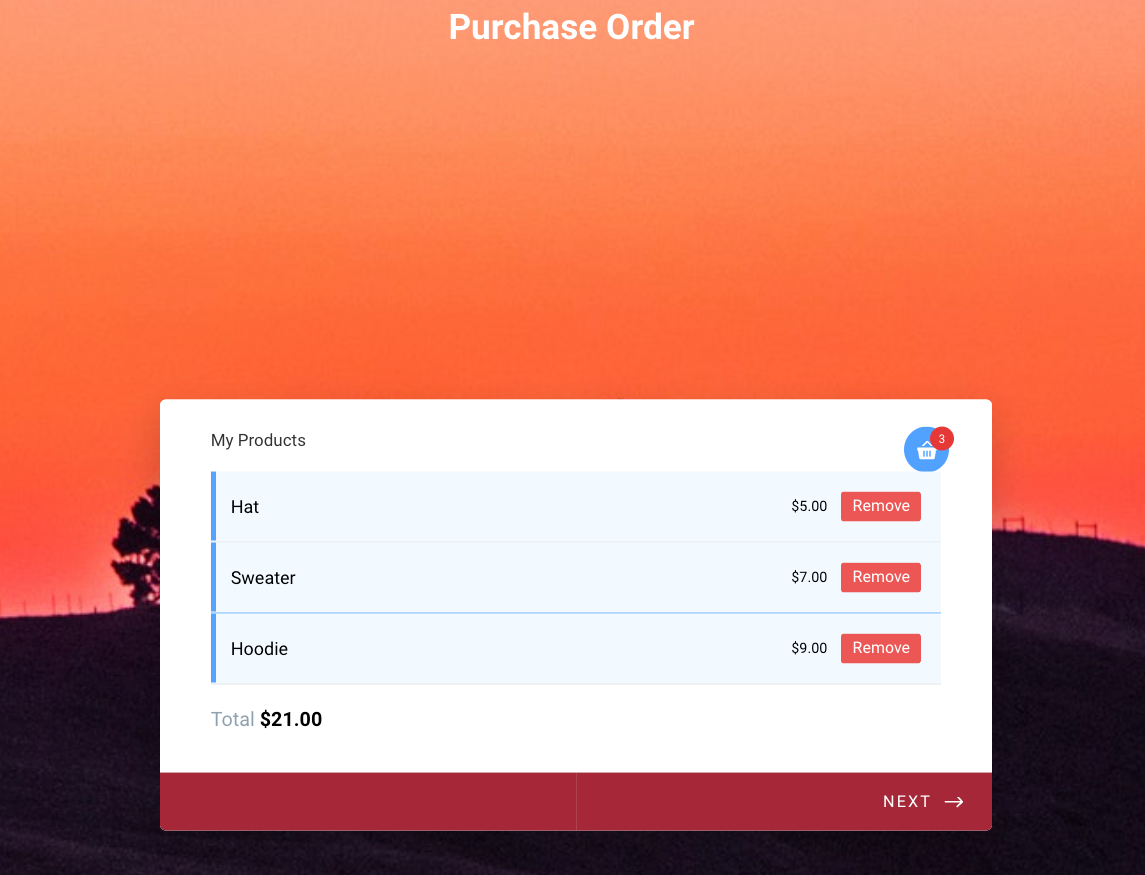Every few weeks, I see a press release for a new company, complete with a website, Instagram account, and logo. The website looks slick and exciting, with animations, intentional font choices, and an energizing call-to-action. But, after poking around, I’m not always sure what it is they’re actually doing.
I get the impulse to go all-in on design, sweatshirts, and stickers. I still remember the satisfaction of putting Jotform’s logo on my laptop. It’s legitimizing. A web presence makes it feel real. But a design toolkit is not a business — it’s a distraction, especially at the beginning. I’m all for fake-it-til-you-make-it, but in this case, faking it requires a budget you don’t have for a product you don’t need.
You want to be sure that you’re putting substance ahead of style. A web presence and logo are some of the components that make you look like you have a viable business, but that shouldn’t come before the clarity around what you’re doing or who you’re doing it for.
Freelancing is very similar to running a startup. You’re running a business, except the intention is that you’ll remain the only employee. Freelancers run on an even more limited budget than early-stage startups. Every dollar counts. Here are some strategies to invest in what matters.
Be clear on your “why”
Going freelance is a big jump. You’re losing the security of a regular paycheck, the comfort of coworkers, and the support of management, but gaining freedom and control to do the work that’s meaningful to you. Sometimes, the decision is based on a lot of thought and planning, but it can also be pushed by layoffs or unhappiness at work. Whatever your reason, during the early days of freelancing, define your purpose.
What do you love doing and why?
What do you want to do more of going forward?
As a freelancer, most of your answers will be a mix of personal and professional. Many freelancers have opted out of the nine-to-five because of other commitments, so part of your purpose could be something like spending time with your family.
Once you’ve articulated your purpose, you can start planning. A goal without a plan is just a wish. For greater focus and impact, you have to connect your purpose to your work. Connecting the two will also make your day-to-day tasks feel more meaningful, both to you as you’re doing the work and to your clients, who will respond to your authenticity.
Don’t reinvent the wheel
When building a freelancing career, it’s easy to get distracted by the marketing side of things. A website, a newsletter, and a logo make you feel like you have a real company. But that’s not a company — it’s a brand. Branding is important. It differentiates you from your competition and lets you build a customer base on reputation. But a brand is not a business.
Building a brand upfront costs money and time. You have to commission a logo, build your website, write copy, and spend time sharing all of those things in order to make the upfront investment worth it.
None of those things will save your business. When you’re first starting out, it’s a waste of your time and money to build a custom, full-service website when there are so many tools you can use optimized for your needs. Whole companies make it their entire goal to make it easy for you to run your business at a fraction of the cost that it would take to manage or build your own from scratch.
I’m no stranger to freelancing. When I started Jotform, I was also providing freelance consulting to other firms. Once I switched to using online forms to collect payments from clients, I spent less time doing administrative work like tracking down invoices and more time providing the expertise they hired me for. By relying on tried-and-true products to help run your business, you can focus on the work that only you can do.

Feeling productive vs. being productive
Tasks like answering emails, posting on social media, and scheduling meetings make me feel productive. They’re quick but necessary, and most of all, they require feedback. Whether it’s waiting for an email response or watching the comments roll in on LinkedIn, the ball is no longer in my court. This lets me check off a lot in a short amount of time, so I feel productive. Unfortunately, while I have to complete those tasks to keep work running smoothly, none of those are my actual job. I do them so I can get a quick hit of dopamine and feel good about doing something, even if it’s not going to affect my business long term.
This is true with freelancing, too, especially when you’re first starting out. The big tasks are arduous and sometimes ill-defined, like networking or building a client list. It’s tempting to hide behind your to-do list to avoid the stressful make-or-break tasks that will grow your business. You can stay busy without being truly productive, which won’t give your freelance career a fighting chance.
In order to balance the easy but less impactful tasks with the important work that leads to a sustainable business, schedule time for the important tasks and time box the less important ones. Big tasks are often done incrementally or include ongoing initiatives. See if you can break them into component parts so you can make regular progress. Similarly, small tasks are often urgent even if they don’t speak to your long-term goals. Instead of doing them first or multitasking, limit the amount of time you give yourself per day to focus on those tasks. Timeboxing gives you a sense of control over your work and pushes you to be more productive.
You’ll work more efficiently and get to the work that really matters.
Leverage your network

Whether you’re a freelancer or an entrepreneur, the most stressful part of starting your business is getting your first customers. Even if you aren’t a salesperson by nature, you need to have an ironclad sense of the value you’re providing and why you’re the best candidate for the job.
Reach out to your existing network and ask for referrals. Your pitch should answer two simple questions: why you, and why now? In addition to giving you a potential customer list, this gives you a chance to hone your pitch in a low-stakes environment. As you reach out to potential customers, track what works and what doesn’t.
Your first customers are how you get the rest, whether it’s through referrals or simply how you build your portfolio. The work you do for them sets the tone for your business as it grows.
Make sure from the very beginning you’re producing work you can stand behind.
Notice I didn’t say anything about licensing a CRM or hiring a marketing firm or doing work for free for exposure. Eventually, you may need some processes to deal with your volume of clients. It’s a good problem to have. You can cross that bridge when you come to it. As for working for free, you can die from exposure. A joke, sure, but if you spend time doing free work, you’re devaluing your own product. You’re a professional, and professionals don’t work for free.
Freelancing can be sustainable and incredibly fulfilling if you make smart decisions from the beginning. Start by focusing on the work itself and creating a high-value service. Maybe you’ll want a logo eventually, but my guess is you’ll be too busy to care.







































































Send Comment: